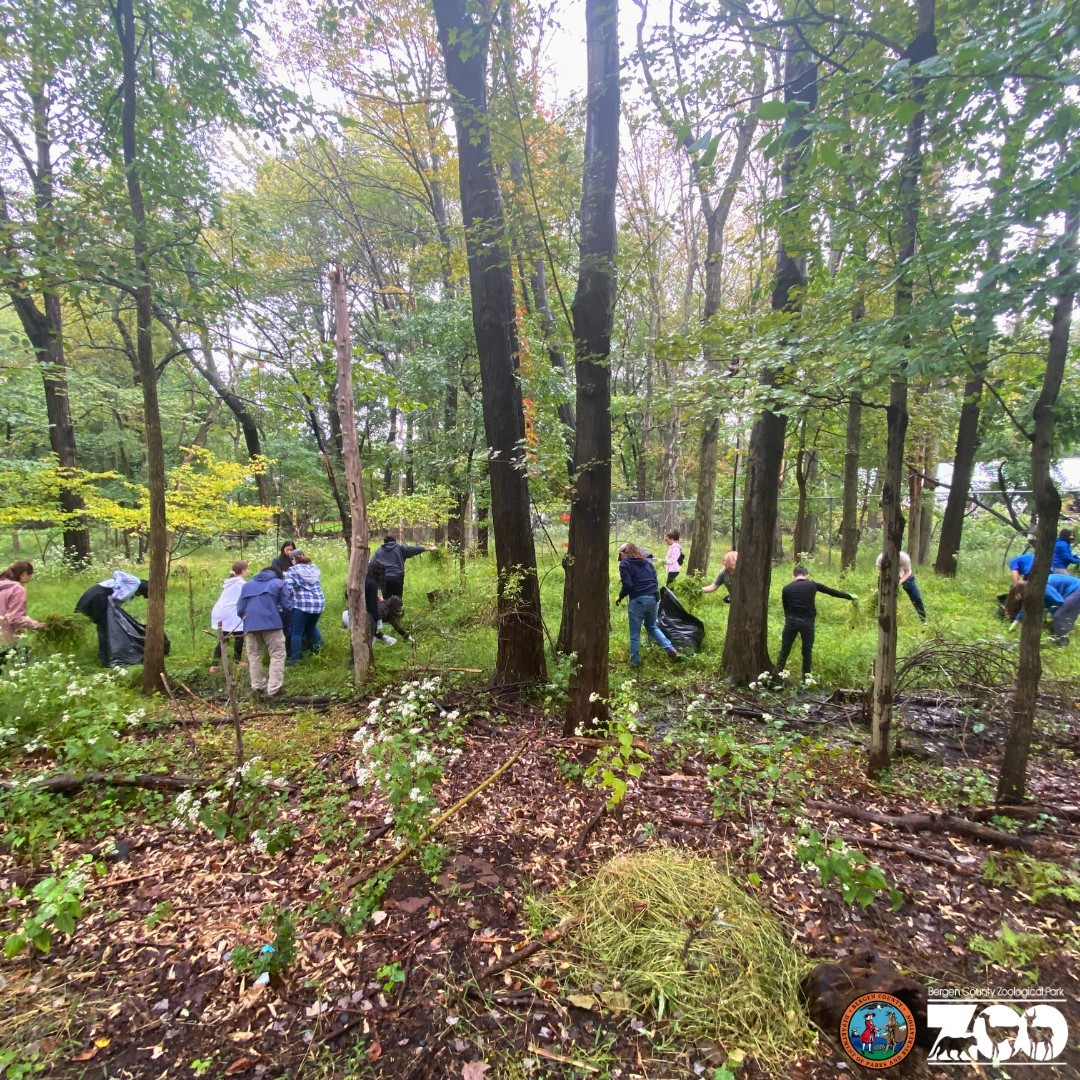Summary:
1. Introduction to the rainy day activities at the Zoo’s Education Department Teen Program.
2. Importance of learning about invasive plants and their harmful effects.
3. The damaging impact of Japanese Stilt Grass on native plants and animals.
4. The rapid spread and long viability of Stilt Grass seeds.
5. Commendation for the teen program’s efforts in field conservation, even in the rain.
What are you doing on your rainy day? While most people may associate rainy days with staying indoors and curling up with a good book or movie, our Education Department Teen Program at the Zoo has a different kind of adventure planned. They recently embarked on a unique and fascinating journey to learn about invasive plants and help remove the notorious Japanese Stilt Grass from our surroundings.
So why is it essential to educate ourselves about invasive plants? Well, invasive plants pose a significant threat to the delicate balance of nature. They can cause extinctions of native plants and animals, reduce biodiversity, compete with native organisms for limited resources, and disrupt vital ecosystem functions. This is why initiatives like our teen program are vital in raising awareness and taking action against these harmful invaders.
One specific invasive plant that our teen program focused on is the Japanese Stilt Grass (Microstegium vimineum). This grass species is considered one of the most damaging invasive plants in the United States. It can potentially wreak havoc on our native ecosystem if left unchecked.
The impact of Japanese Stilt Grass goes beyond crowding out native plants. It can have dire consequences for our wildlife as well. Many native species rely on specific plants for food, shelter, and reproduction. When invasive species like Stilt Grass take over, these native plants get pushed aside, leaving our wildlife without their essential resources. This disruption can lead to a decline in populations and even extinction in severe cases.
One of the most alarming aspects of Japanese Stilt Grass is its ability to spread rapidly. Infestations can quickly take over large areas, outcompeting native plants and dominating the landscape. The grass produces abundant seeds that animals, machinery, wind, and water can disperse. Once these seeds find their way into the soil, they can remain viable for up to five years, waiting for favorable conditions to germinate and grow. This longevity makes controlling Stilt Grass a challenging and ongoing battle.
That’s where our Education Department Teen Program comes in. Despite the rain, our dedicated teens actively participated in removing the invasive Stilt Grass from our surroundings. Through their hard work and commitment to conservation, they are positively impacting our local ecosystem. We applaud and commend their efforts as they contribute to the well-being of our environment.
By engaging in field conservation work, our teens are learning about the negative consequences of invasive plants and gaining hands-on experience in making a difference. This kind of practical application of knowledge is invaluable, as it instills a sense of responsibility and empowers them to take action in their own lives.
While many may view rainy days as a hindrance, our Education Department Teen Program sees them as an opportunity to make a difference. They prove that even in less ideal weather conditions, conservation continues. We should all take inspiration from their dedication and commitment to protecting our environment.
So, what are you doing on your rainy day? Perhaps it’s time to rethink how we spend these gloomy days. Instead of letting them waste, we can use them to explore, learn, and make a positive impact. Let’s follow in the footsteps of our Education Department Teen Program and embrace the rain as an opportunity for growth, education, and conservation.
@bergencountynj
*****
Source Description
What are you doing on your rainy day? Our Education Department Teen Program learned about invasive plants and helped us remove some Japanese Stilt Grass (Microstegium vimineum). Invasive plants are harmful and can cause extinctions of native plants and animals, reduce biodiversity, compete with native organisms for limited resources, and disrupt important ecosystem functions. Stilt grass is considered one of the most damaging invasive plant species in the United States. Infestations spread rapidly, and the seed can remain viable in the soil for up to five years.
Removing invasive plants around the Zoo is an ongoing project for our teen program. Give our teens a big round of applause for doing field conservation work, even in the rain!
@bergencountynj


